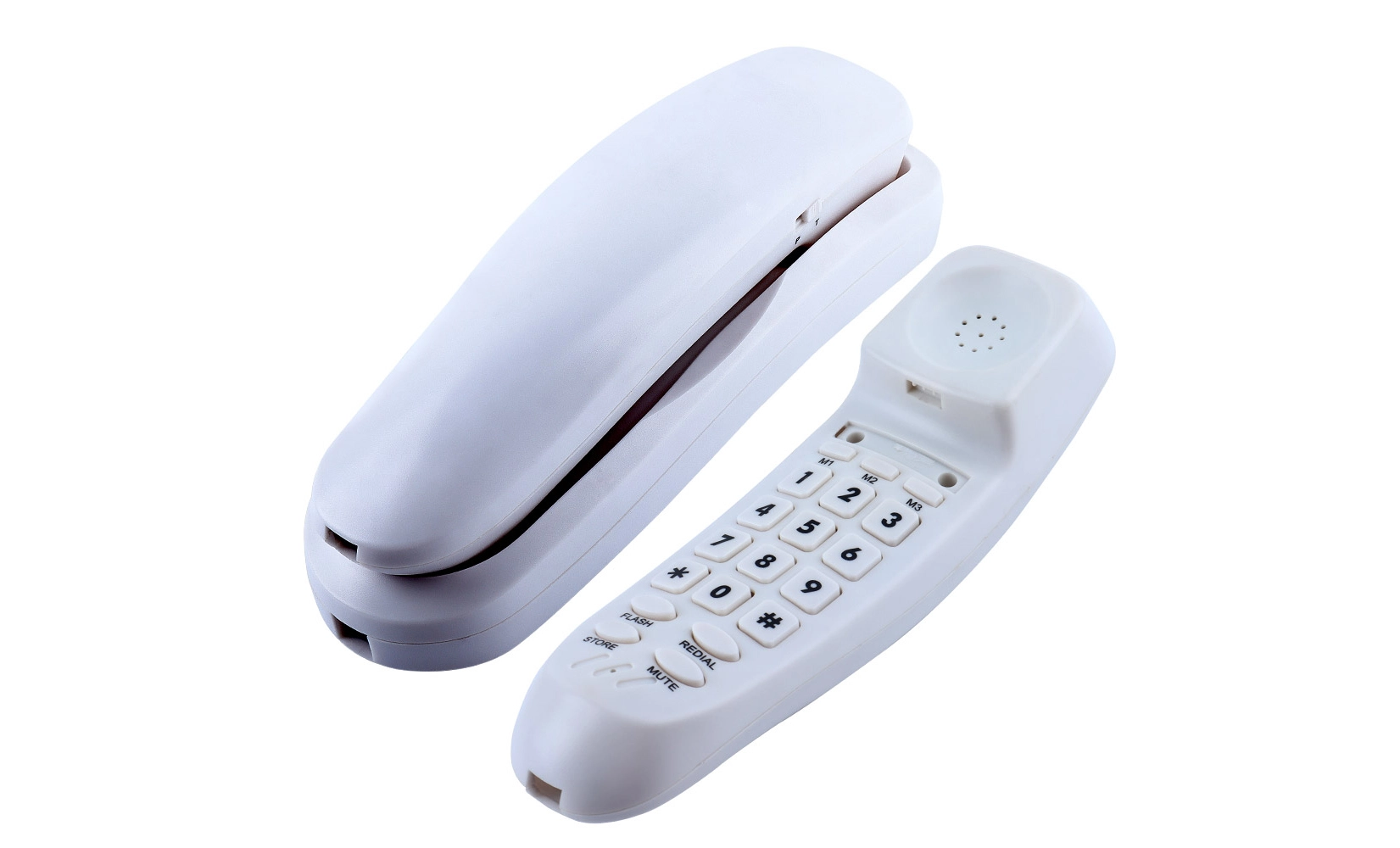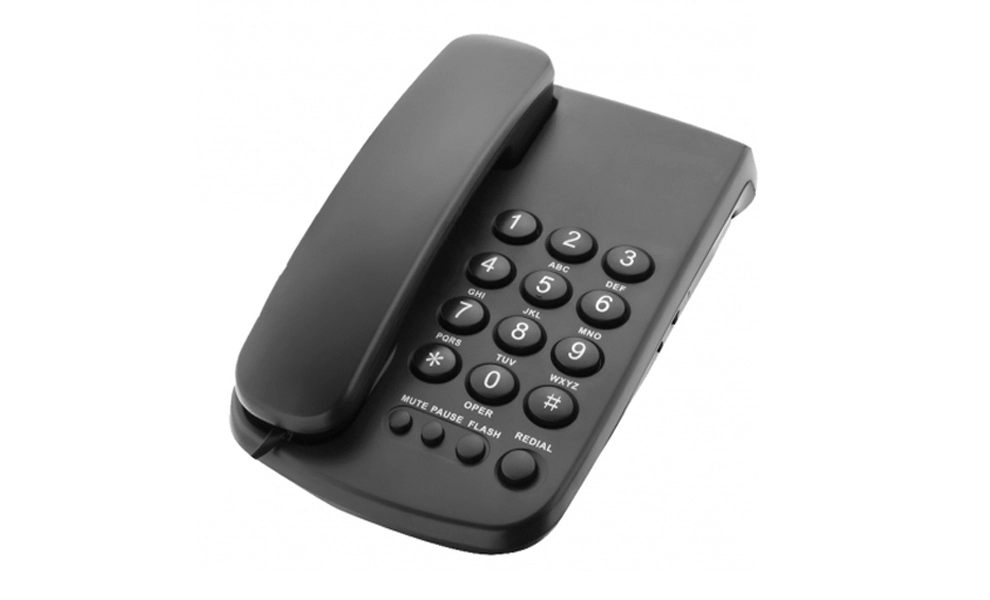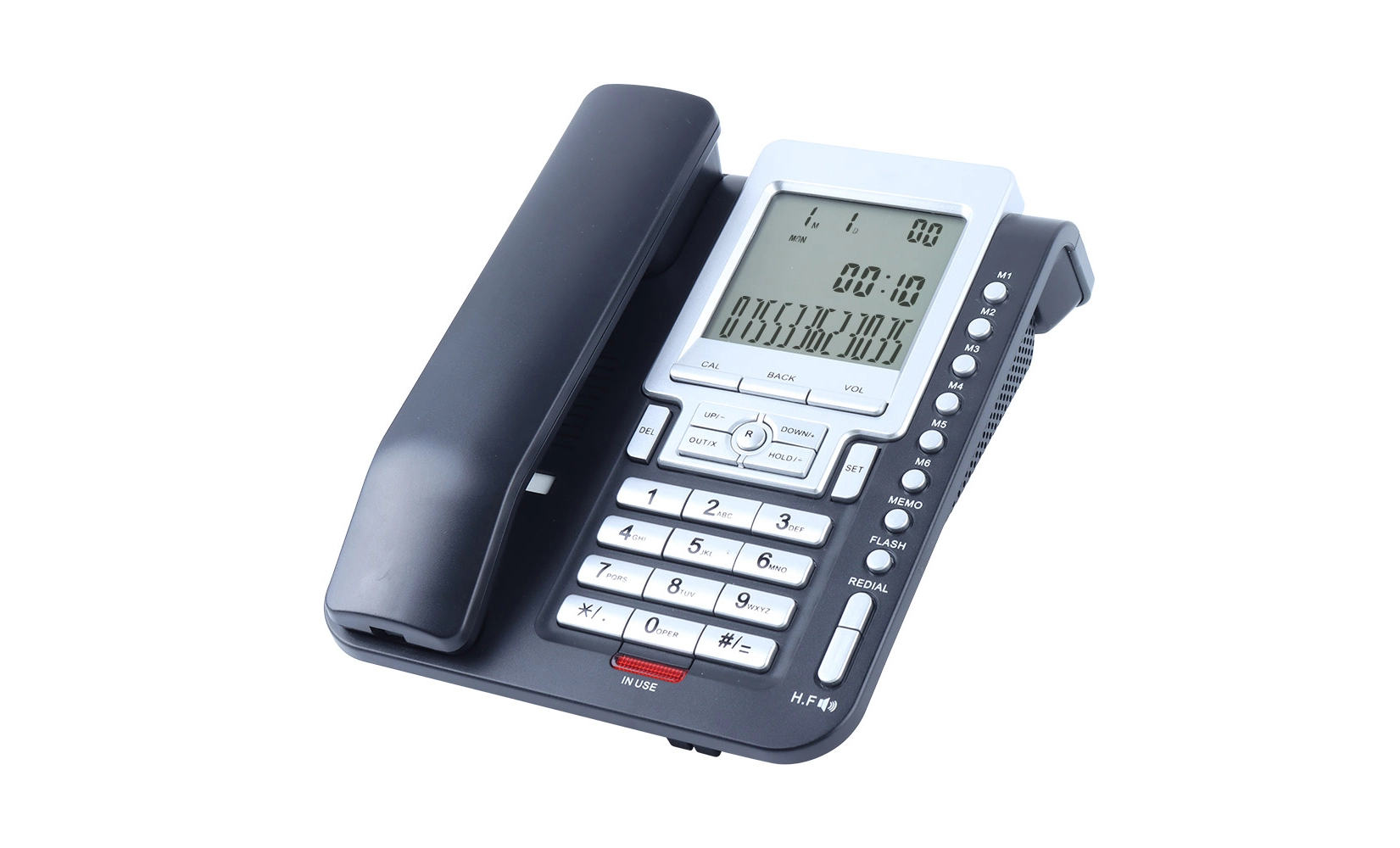Does antique telephone require an external power source?
Antique telephones, those charming relics of communication history, generally do not require an external power source to function. Unlike modern cordless phones or smartphones, these vintage devices operate using the electrical current provided directly through the telephone line. This ingenious design allows antique telephones to work even during power outages, making them remarkably reliable. The simplicity of their mechanism, which converts sound waves into electrical signals and vice versa, enables them to function solely on the power supplied by the telephone network. This self-sufficiency is one of the many reasons why antique telephones continue to captivate collectors and enthusiasts alike.
The Ingenious Mechanics of Antique Telephones
How Antique Telephones Operate Without External Power?
Antique telephones are marvels of early engineering, designed to function without the need for batteries or external power sources. These classic communication devices rely on a clever system that harnesses the electrical current provided by the telephone line itself. When you pick up the handset of an antique telephone, you complete a circuit that allows a small amount of current to flow through the device. This current is sufficient to power the telephone's basic functions, including the microphone, speaker, and ringer.
The heart of an antique telephone's power system lies in its ability to convert acoustic energy into electrical signals and vice versa. The carbon microphone, a common component in many antique models, transforms sound waves into variations in electrical resistance. These variations modulate the current flowing through the telephone line, effectively encoding your voice into electrical signals that can be transmitted over long distances.
The Role of Telephone Exchanges in Powering Antique Phones
While antique telephones don't need a direct power connection in your home, they do rely on the broader telephone network infrastructure. Telephone exchanges, the central hubs of early telephone systems, play a crucial role in providing the necessary electrical current to operate these vintage devices. These exchanges house batteries and generators that supply a consistent voltage to the telephone lines, typically around 48 volts DC.
This centralized power distribution system ensures that antique telephones can function reliably across vast networks. It's a testament to the foresight of early telecommunications engineers who designed a system that could deliver both communication signals and operating power through the same copper wires. This efficient design has allowed antique telephones to remain operational for decades, even as more modern technologies have emerged.
The Enduring Appeal of Self-Powered Antique Telephones
Reliability During Power Outages
One of the most compelling aspects of antique telephones is their ability to function during power outages. In an era where many modern communication devices become useless without electricity, the self-powered nature of antique phones provides a reassuring backup. This reliability has made them popular among those living in areas prone to natural disasters or frequent power disruptions.
During emergencies, when cellular networks may become overwhelmed or non-functional, an antique telephone connected to a landline can be a lifeline. The simplicity of their design means fewer components that can fail, contributing to their reputation for durability and dependability. This self-sufficiency is not just a nostalgic feature but a practical advantage that continues to be relevant in today's technology-dependent world.
Eco-Friendly Communication
In an age of increasing environmental consciousness, the energy efficiency of antique telephones is worth noting. These devices consume minimal power, drawing only what they need from the telephone line to operate. Unlike modern phones that require regular charging or constant connection to a power outlet, antique telephones have a remarkably small carbon footprint.
This eco-friendly aspect of antique telephones appeals to environmentally conscious individuals who are looking for ways to reduce their energy consumption. By using a device that doesn't require additional electricity beyond what's already flowing through the telephone lines, users can make a small but meaningful contribution to energy conservation. It's a charming example of how sometimes, older technologies can align perfectly with modern sustainability goals.
Integrating Antique Telephones in Modern Settings
Adapting Antique Phones to Contemporary Phone Systems
While antique telephones are designed to work with traditional analog phone lines, it's possible to integrate them into modern digital phone systems with some adaptations. Converters and adapters are available that allow these classic devices to function with VoIP (Voice over Internet Protocol) services. These solutions enable antique telephone enthusiasts to enjoy the aesthetic and tactile experience of using a vintage phone while benefiting from modern telecommunication features.
Some adapters even allow antique rotary dial phones to work with touch-tone systems, preserving the nostalgic dialing experience while ensuring compatibility with contemporary phone networks. This blending of old and new technologies demonstrates the enduring appeal of antique telephones and the ingenuity of those who seek to keep them relevant in the digital age.
Decorative and Functional: The Dual Role of Antique Telephones
Antique telephones have found a new lease on life as both decorative pieces and functional communication devices in modern interiors. Their elegant designs, often featuring ornate metalwork, polished wood, and classic silhouettes, make them striking accent pieces in various decor styles. From Art Deco-inspired interiors to rustic farmhouse aesthetics, an antique telephone can serve as a focal point that adds character and historical depth to a space.
Moreover, the fact that these phones can still function as intended adds an extra layer of appeal. They're not mere props but usable artifacts that bridge past and present. This dual nature as both decoration and practical device makes antique telephones unique additions to homes, offices, and even commercial spaces like boutique hotels or themed restaurants. They offer a tangible connection to communication history while still serving a purpose in our interconnected world.
Conclusion
Antique telephones stand as fascinating reminders of our communication heritage, remarkable not just for their aesthetic appeal but also for their ingenious, self-powered design. These devices, operating without the need for external power sources, showcase the brilliance of early telecommunications engineering. Their ability to function solely on the current provided through telephone lines ensures reliability, especially during power outages, making them more than just nostalgic artifacts.
The enduring charm of antique telephones lies in their perfect blend of form and function. They offer a unique combination of historical significance, practical utility, and decorative value. Whether used as fully functional communication devices or as striking decor elements, these vintage phones continue to captivate enthusiasts and casual observers alike. In an age of rapid technological advancement, the simplicity and self-sufficiency of antique telephones provide a refreshing counterpoint, reminding us of the ingenuity that has always been at the heart of human communication.
No external power—antique telephone runs analog lines | CHEETA
At CHEETA, we pride ourselves on blending vintage charm with modern reliability in our antique telephone collections. With 18+ years of OEM/ODM expertise, our Shenzhen-based factory produces 1,000 analog units daily, ensuring swift delivery and uncompromising quality. Our products, ranging from European-inspired floral phones to mid-century Bakelite rotary designs, combine historical craftsmanship with contemporary functionality.
We rigorously apply 11 inspection steps, maintaining a failure rate below 1% and adhering to CE and ROHS standards. Our commitment to innovation is evident in our weekly design sessions and global case studies, allowing us to rapidly adapt to customer needs. Experience the perfect fusion of nostalgia and cutting-edge technology with CHEETA. For more information about our telephone products, contact us at allen@cheeta.com.cn.
References
1. Brown, J. (2018). "The Evolution of Telephone Technology: From Bell to Smartphone." Telecommunications History Quarterly, 42(3), 87-102.
2. Smith, A. R. (2020). "Antique Telephones: A Collector's Guide to Vintage Communication Devices." Nostalgic Tech Press.
3. Johnson, E. M. (2019). "Power Systems in Early Telephone Networks: An Engineering Perspective." Journal of Historical Technology, 15(2), 203-218.
4. Lee, S. H., & Park, K. T. (2021). "Integrating Vintage Telephones with Modern VoIP Systems: Challenges and Solutions." IEEE Communications Magazine, 59(4), 78-83.
5. Williams, C. D. (2017). "The Enduring Appeal of Antique Telephones in Contemporary Interior Design." Home & Heritage Journal, 28(1), 45-60.

Kindly inform us your interested product and your detailed requirement, so that we can give you a best suggestion.

Shenzhen Cheeta Technology Co., Ltd – Leading Communication Telephone Manufacturer



